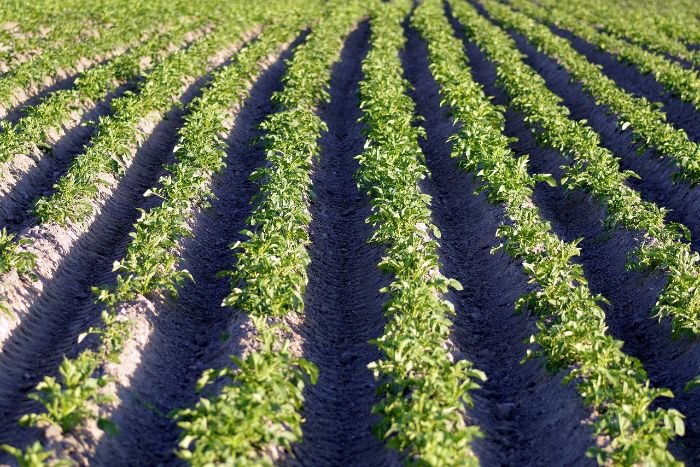Looking for ways to make your garden better without harming the earth? This article is for you. It dives into permaculture soil methods. You can make your garden thrive while keeping your soil healthy.
Permaculture is all about living in harmony with nature. It means copying natural systems to fix and improve the land. You can learn key permaculture principles and use methods like composting and mulching. This way, your soil stays healthy and your garden grows lush.
This guide covers lots of permaculture soil care ideas. It talks about problems gardeners face and how to solve them. You’ll see how permaculture can make your garden great. Plus, you’ll learn how to get started with these methods.
Key Takeaways:
- Permaculture techniques can enhance soil health and fertility.
- Composting, mulching, and cover cropping are effective permaculture practices for soil management.
- By embracing permaculture, gardeners can create productive and sustainable gardens.
- Permaculture principles can help overcome common soil management challenges.
- Implementing permaculture techniques contributes to a more sustainable and regenerative approach to gardening.
Table of Contents
Introduction to Permaculture and Soil Management
We’ll give you a peek into permaculture and what makes soil management so important. Permaculture means living sustainably by working with nature. It aims to mimic natural systems and boost farming that heals the earth.
What is Permaculture?
Permaculture is a smart way to make our world better by looking at how nature works. It uses natural patterns to guide sustainable actions. By blending science, design, and how things are connected, it creates places where both people and nature can thrive.
Importance of Soil Management in Permaculture
In permaculture, taking care of the soil is key for healthy, lasting gardens. Good soil helps plants grow strong, gives them the nutrients they need, and keeps the right amount of water. It’s filled with helpful tiny organisms.
With permaculture methods, gardeners improve the soil. They attract more plants and animals, make the soil richer, and grow food in a way that keeps the world healthy.
Core Principles of Permaculture for Soil Health
To get the best soil health, we need to follow the core principles of permaculture. These principles help us manage the soil well. They make sure we care for the earth in a way that it can keep growing.
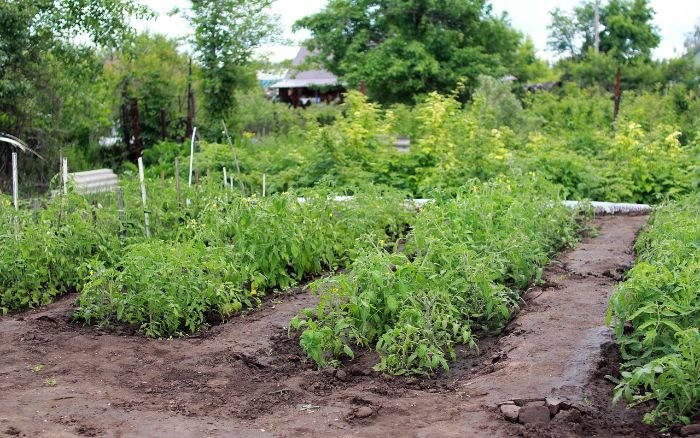
Observe and Interact
Permaculture’s key idea is to watch and learn from nature. We should look closely at how our environment works. This helps us choose the best ways to garden. For healthy soil, we should look at its feel, how wet it is, and the life inside it. Checking for earthworms can tell us if the soil is good for plants.
Use and Value Renewable Resources
Permaculture tells us to use things that nature can make again. This way, we don’t use up things that won’t come back. For soil, we can feed it with plants or food waste. This makes soil better without hurting the earth.
Produce No Waste
Permaculture also says we should make nothing that we can’t use again. For soil, we can reuse food scraps and grass to make compost. Composting turns waste into something plants love. This helps the soil grow food better for us.
Integrate Rather Than Segregate
A different permaculture idea is to mix things up instead of keeping them apart. This is great for soil health. Mixing different plants can make the soil richer. Some plants can also help keep away bugs. Others can make the soil healthier by adding nutrients.
Following permaculture can make our gardens and farms better. It keeps the earth strong for the future. It’s all about working with nature for a healthy planet.
Techniques for Enhancing Soil Health Using Permaculture
Permaculture teaches ways to improve soil health without harming nature. Its methods help with fertility and resilience. This leads to healthy ecosystems that use less and are better for the planet. Here are some top permaculture methods:
No-Till Farming
No-till farming keeps plowing to a minimum. It keeps the soil’s natural build and tiny life forms. This way, good soil bugs and structure stay. It also helps the soil hold water, prevents it from blowing away, and locks in carbon. These are big wins for making soil better.
Composting and Vermicomposting
Composting turns kitchen and yard scraps into food for plants. It breaks down normally or with the help of worms. The result is super fertile soil. Compost and vermicompost make the earth stronger and help plants grow big and strong.
Mulching
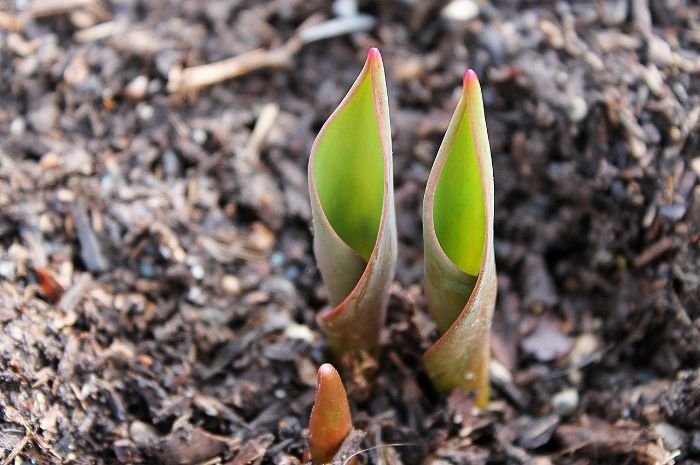
Organic or non-organic materials over the soil is called mulch. It’s good because it saves water, keeps the soil just right, and stops weeds. Organic mulches disappear over time, making soil even better. Mulch protects the earth, meaning less work and more healthy plants.
Cover Cropping and Green Manures
Cover crops go in when the main crop isn’t there. They grow fast and cover the ground, not only protecting it but also adding goodies to the soil. This is also true for crops meant to be turned back into the earth. They make the soil richer and provide needed nutrients.
Integrating Livestock
Animals like chickens and goats do more than just eat. They turn plant waste into soil gold through their droppings. This makes the soil more alive and fertile. Livestock can also take care of pests, keep weeds in check, and stir the soil. A well-rounded farm with animals is a happy place for plants and soil.
Using these permaculture methods can make our gardens and soils healthy again. They’re about working with nature in smart ways. This not only makes gardens better but also helps the planet.
Building and Maintaining Soil Fertility
It’s vital to keep our soil fertile for permaculture success. This part will share tips on boosting soil health. It’s all about making a plant-friendly, nutrient-packed space.
Adding Organic Matter
Adding organic matter is a top way to make your soil better. Things like compost, manure, and cover crops do wonders. They make soil stronger, hold more water, and feed plants slowly. They also make the good kind of soil bugs happy, boosting plant growth.
Crop Rotation and Polyculture
Crop rotation and planting different things together are key for healthy soil. Switching where you plant stuff helps keep the soil’s nutrients in balance. It also fights off plant pests and diseases. Meanwhile, polyculture mixes lots of plant types in one area. This makes the whole set up stronger and more resistant to problems.
Soil Testing and Amendments
Testing your soil regularly is important. It shows you what’s missing or too much in your soil. This way, you know how to fix it. You might need more nutrients, a soil pH change, or other tweaks. Things like bone meal or lime can help kick your soil back into shape.
By focusing on soil fertility, permaculture can really work its magic. Use organic material, switch up your crops, and test your soil often. This way, you can have great conditions for your plants to grow strong and healthy.
Water Management and Soil Conservation
In permaculture, good water management and soil conservation are vital. These practices help gardens thrive and be sustainable. Gardeners use them to reduce water waste, stop soil erosion, and keep soil healthy. Let’s look at three important techniques: swales and keyline design, rainwater harvesting, and greywater recycling.
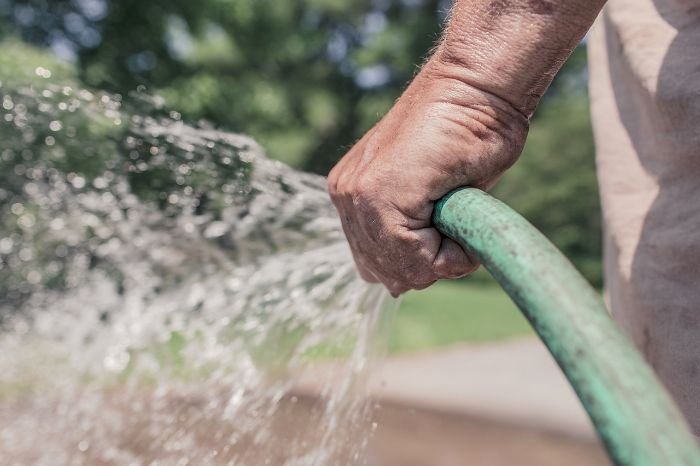
Swales and Keyline Design
Swales and keyline design help you catch and guide water in your garden. Swales are like shallow ditches for gathering water. They let water soak into the ground slowly. Keyline design uses the land’s natural slopes to move and spread water evenly.
With swales and keyline design, you manage water better in your garden. They stop erosion, help water soak into the soil, and keep plants moist. This means you’ll need less water for your garden and plants will grow well.
Rainwater Harvesting
Collecting rainwater for your garden is called rainwater harvesting. It cuts down on using city water and is good for the environment. You can collect rainwater from your roof and store it for later use.
This practice helps save water and is good for the soil and plants. It’s a natural way to water your garden, without any chemicals.
Greywater Recycling
Greywater recycling is about using water from tasks like laundry and dishwashing on your plants. This water is usually quite clean and safe to use on gardens. By using greywater, gardeners save water and enrich their soil.
Greywater also feeds your plants with extra nutrients. It closes the loop on water use, which is good for the environment. This way, less water is needed and the garden stays healthy.
Using these methods, gardeners can make gardens that thrive with less water. They help soil stay healthy, stop water waste, and support a greener way to garden.
Practical Steps to Start Implementing Permaculture in Your Garden
Now you know a lot about permaculture and soil management. It’s time to make your garden better. This part will tell you how to begin.
Designing Your Permaculture Garden
The first step is planning how your garden will look. Think about how to use the space well. Use companion planting to grow plants that help each other. This way, you’ll have fewer pests and better soil.
Also, think about saving water. You can use some techniques to catch and use rainwater.
Selecting Appropriate Plants
Picking the right plants is key. Think about what the weather is like where you live. Choose plants that are used to your area. They’ll need less looking after and they’ll help insects and animals thrive.
Monitoring and Adapting Your Soil Management Practices
Taking care of your soil is crucial. Test it often to see what it needs. Watching how your plants are doing can also give you clues.
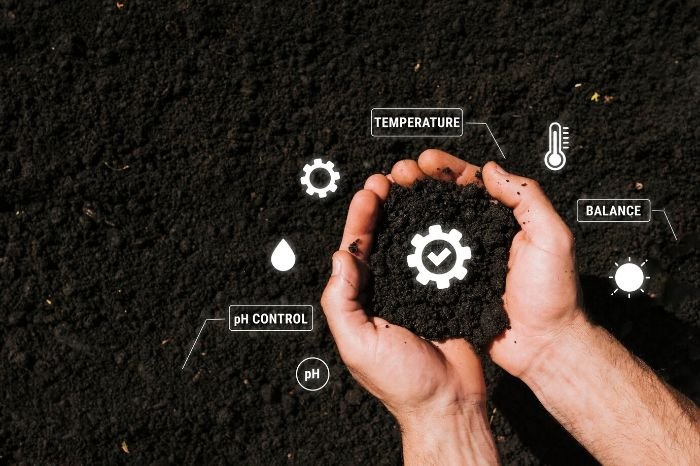
Keep learning new things about gardening. This will help your garden stay healthy and productive.
With these tips, you can start your permaculture garden. Remember, it takes time to see big changes. Be patient and watch your garden grow.
Common Challenges and Solutions
In permaculture, managing soil has its share of challenges. These can affect garden health and productivity. But there are ways to beat these challenges. This section looks at three common issues in permaculture soil management. It then gives practical solutions for these problems.
Dealing with Poor Soil Conditions
Poor soil can hurt plant growth and productivity. A good strategy is to add organic matter to the soil. Things like compost or aged manure can improve drainage and nutrient access. Also, try crop rotation to keep nutrients in the soil. This helps plants grow well. Using bone meal or fish emulsion will balance nutrients and support plant health.
Balancing Soil pH Naturally
Soil pH affects how well plants get nutrients. Use organic matter with a balanced pH, like compost, to stop extreme pH levels. Doing this helps pH move towards being just right. Adding things like agricultural lime can also help. Test the soil’s pH regularly and adjust as needed. This will keep nutrients available for plants to use.
Pest and Disease Management
Pests and diseases can hurt a garden’s health. To tackle them, focus on promoting biodiversity and companion planting. Diversity and certain flowers can attract good bugs. These bugs eat the bad bugs, helping your plants. Using natural pest controls like neem oil is safe for the good bugs. It keeps pests in check. Also, keep your garden clean to stop diseases from spreading.
By facing and fixing common soil issues, gardeners can improve their permaculture soil. Good soil, balanced pH, and managing pests are key. They help create strong, sustainable gardens. These gardens support great plant growth, lots of different plants, and healthy soil for years to come.
Benefits of Permaculture Soil Management
We’ll look at how permaculture soil management helps gardens. It boosts productivity and uses sustainable methods. This also makes the environment healthier.
Enhanced Soil Structure
Permaculture soil management improves how soil is structured. Things like not tilling a lot, adding compost, and mulching help. They make soil good for plants to grow in.
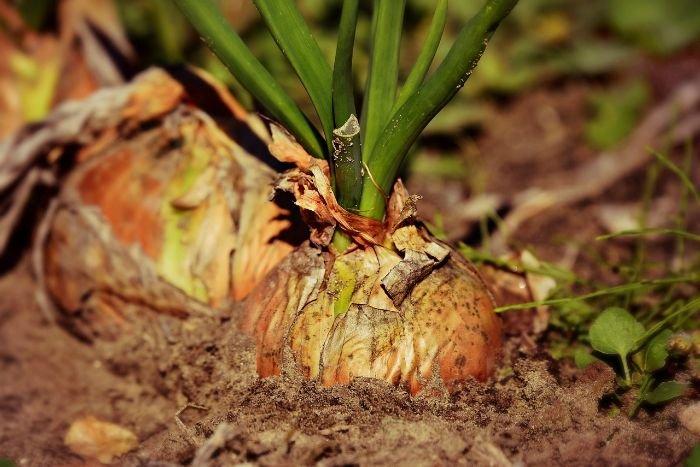
This makes water go in easier and lessens soil loss. It also helps plants get more of the food they need.
Increased Biodiversity
By using permaculture, your garden can have many different plants. This makes more types of life show up. Good bugs, bees, and tiny creatures can live there.
Having lots of different plants also means the soil gets better. And your garden can fight problems by itself.
Sustainable and Productive Gardens
Permaculture helps gardens be both sustainable and give a lot of food. You can do things like changing what you plant every year. Using plants to cover the soil can protect against pests.
This way, your garden doesn’t need things like chemicals as much. It’s better for the planet. And you get healthy food from it.
You can make your garden great with permaculture. It’s good for the soil, brings more living things, and makes sure your garden keeps giving food. Choose this eco-friendly way of gardening for a better, sustainable future.
Conclusion – Embracing Permaculture for Long-Term Soil Health
Permaculture is a way of farming that looks at the big picture. It’s all about keeping the soil healthy for the long run and caring for the environment. In this article, we talked about the important ways permaculture helps make gardens strong and productive.
By using methods like composting, mulching, and cover cropping, gardeners can make their soil healthier. They also help the soil stay fertile naturally and need less help from outside. These ways of farming are like building a home for many tiny helpers in the soil. This helps more plants thrive.
Embracing permaculture also means doing farming that makes things better for the earth. It helps make our food system stronger and less hard on the world around us. When we focus on making the soil better for the long haul, our gardens will keep giving good crops for many years.
If you love to garden or you’re just getting started, think about using permaculture. This way of farming will help you have healthier soil, better plants, and a kinder impact on the earth. Let’s work together for a future where gardens do more than feed us. They also take care of our land and the planet as a whole.
FAQ
What is permaculture?
Permaculture is a way of living that cares for the Earth. It copies natural systems and helps farms grow healthy food.
Why is soil management important in permaculture?
Taking care of the soil matters for good gardens and farms. It’s the first step in making things grow well.
What are the core principles of permaculture for soil health?
The main ideas in permaculture for soil are watching nature, valuing the earth’s gifts, making no trash, and mixing things together.
What techniques can be used to enhance soil health using permaculture?
Permaculture uses many methods like not tilling the ground, making compost, and covering the soil with plants. Livestock can also help.
How can soil fertility be built and maintained through permaculture?
Making soil rich in nutrients happens by adding natural materials and changing which crops you grow. Testing the soil also helps.
What are the water management and soil conservation techniques used in permaculture?
To save water and keep soil healthy, permaculture uses special designs and collects rainwater. It also uses water from baths and sinks.
What are some common challenges in permaculture soil management and how can they be overcome?
Bad soil, wrong pH, and bugs are big issues. The solutions include making the soil better, fixing pH naturally, and using organic ways to stop pests.
Why is it important to embrace permaculture for long-term soil health?
Choosing permaculture helps keep the Earth’s soil and plants well. It’s good for farms that want to last and make the Earth better.






